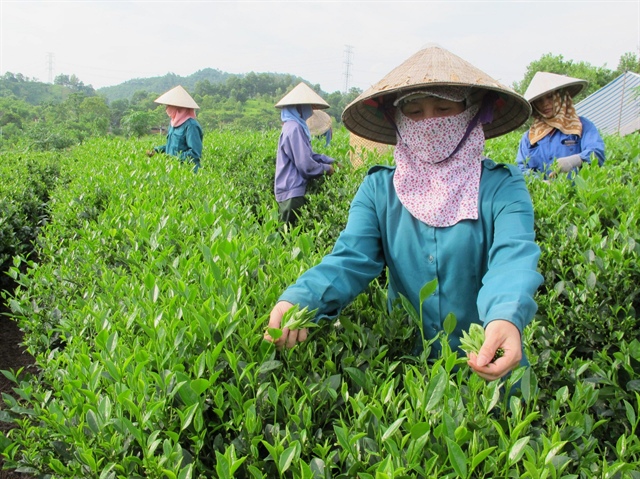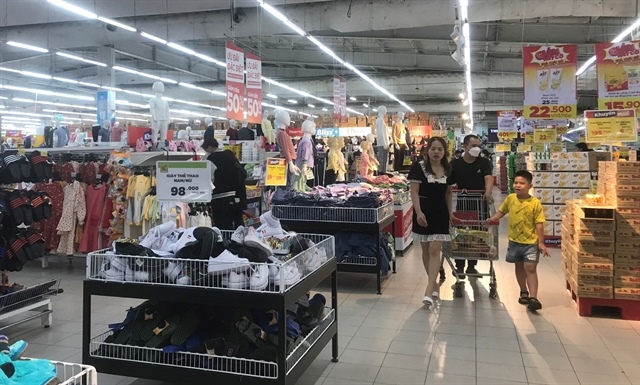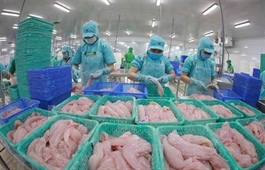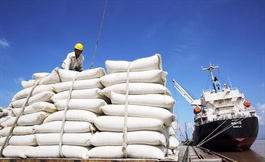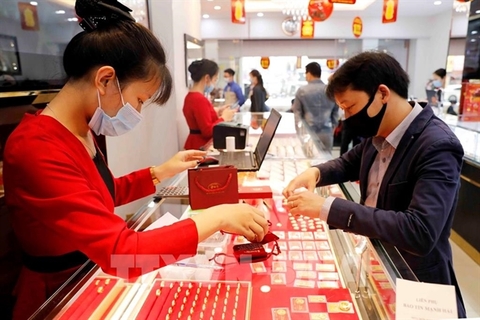Everyone’s cup of tea: Vietnam’s exports surge
Everyone’s cup of tea: Vietnam’s exports surge
Tea is one of Vietnam’s key agricultural exports, currently reaching more than 70 countries and territories, but its added value in some major markets is lower than that of competing products.
Chinese Taipei imports
Vietnam controls a commanding share of Chinese Taipei’s tea imports, accounting for 47.7 percent of the total in 2021, an annual rise of 5 percentage points. Vietnam sold Chinese Taipei 18,586 tonnes of tea in 2021, equivalent to US$28.72 million, accounting for 14.7 percent of its total tea export volume, and 13.4 percent of total tea export revenue.
In the first two months of 2022, Chinese Taipei imported 2,000 tonnes of Vietnamese tea, worth US$3 million, up 3.5 percent in volume and 0.9 percent in value over the same period of 2021.

Vietnam is placing emphasis on building safe tea growing areas |
However, in the last three years, the proportion of Vietnamese tea in this market has decreased, accounting for only 56 percent of its total tea imports compared with nearly 70 percent in the 2014-2015 period.
Speaking at a recent consulting session on tea and coffee exports to Chinese Taipei and Hong Kong, Vu Van Cuong, Vietnam’s trade representative in Taipei, said Vietnam remains a major tea supplier to Chinese Taipei. Its main competitors are Sri Lanka (accounting for 15 percent), India 10 percent, Indonesia 6 percent, and China 1.5 percent.
Product diversification
However, while Chinese Taipei imported 31,000 tonnes of tea worth US$77 million in 2020, Vietnam’s share accounted for 56 percent in quantity but only 35 percent in value. The import price of green tea from Vietnam, for example, averaged US$1,639 per tonne, while that from Japan sold for US$11,719 per tonne.
|
Vu Van Cuong recommended that Vietnamese tea enterprises diversify both their markets and products, extending them to tea bags rather than just loose tea leaves, and accessories, such as tea cups.
Vietnam currently grows over 170 varieties of tea, among them special teas, such as Tan Cuong, Shan Tuyet, Lotus marinated and Oolong. But Chinese Taipei uses imported Vietnamese tea mainly in food processing of products such as milk tea and matcha powder.
Vietnamese tea is often packed in large bags of over three kilograms each, while tea from many other countries like Japan and Sri Lanka is mainly packed in small bags, or canned, and sold at specialized tea shops to local consumers for daily use or as gifts.
General Director of the Queyue Tea Company Chou Tsung Piao explained that Chinese Taipei consumers are interested in packaging, information on production process, and especially pesticide residues. In a consumer survey there, 66.4 percent of respondents said they would buy tea recommended by friends and relatives, 75 percent said they prefer products with clear information of manufacturers and sellers. This finding reflects the attention consumers pay to food safety and hygiene.
In order to expand tea export markets, Vietnam has been strengthening oversight of pesticide shops. Tea processing enterprises have also cooperated with relevant authorities in training tea growers on the use of pesticides, increasing efforts to control the quality of fresh tea buds, and conducting market research to meet customer needs.
However, according to experts, Vietnam’s tea industry still needs to reorganize tea production and management process according to an added value chain, including a connection between growers, processors, and traders to improve international competitiveness. The government is also being urged to adopt a number of solutions, for example, by establishing a tea auction center to overhaul the tea market.
|
By the end of 2021, 34 of Vietnam’s 63 provinces and cities were growing tea on a total area of 130,000ha, yielding average productivity of eight tonnes per hectare, and dry tea output of 192,000 tonnes per year. The large tea growing provinces include Thai Nguyen (22,300ha), Lam Dong (10,800ha), Ha Giang (21,500ha), and Phu Tho (16,100ha). |


